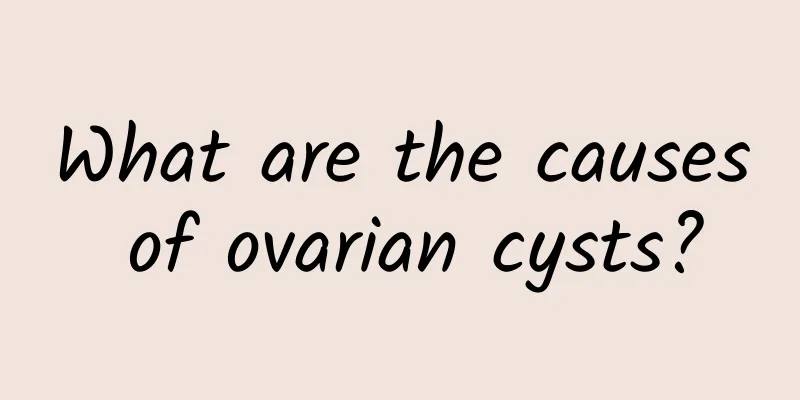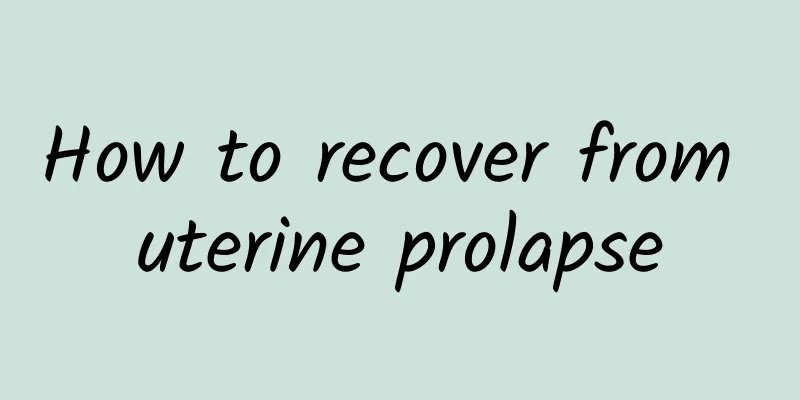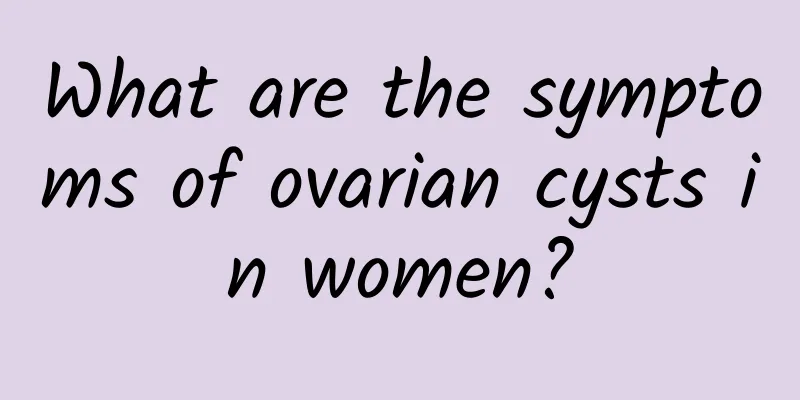What are the causes of ovarian cysts?

|
What are the causes of ovarian cysts? There are three theories about how ovarian cysts are formed: 1. Endometrial implantation theory: It was first proposed that endometrial fragments shed during menstruation enter the abdominal cavity through the fallopian tubes with retrograde menstrual blood, implant in the ovaries and adjacent pelvic peritoneum, and then grow and spread, developing into endometriosis. Women with reproductive tract malformations or obstructions often have complications of endometriosis, indicating that retrograde menstrual blood can cause endometrial implantation. Repeated or overly rough gynecological bimanual examinations squeeze the endometrium into the fallopian tubes, causing abdominal implants. Improper operating procedures for ventilation, fluid perfusion, and imaging of fallopian tube patency tests can press endometrial fragments into the abdominal cavity through the fallopian tubes, causing abdominal implants. Endometriosis in abdominal wall incisions or perineal wounds after childbirth is caused by the surgeon bringing the endometrium to the incision, resulting in iatrogenic implants. Endometrial implants are caused by the contents of the uterine cavity overflowing into the abdominal cavity during cesarean sections and cesarean sections, and when suturing the uterine incision, the sutures pass through the endometrial layer, etc. 2. Lymphatic and venous spread theory: The presence of endometrial tissue in the pelvic veins or lymph nodes supports this theory. It is also believed that endometriosis occurring in organs far away from the pelvic cavity, such as the lungs, hands, skin and muscles of the thighs, may be the result of lymphatic or venous spread. 3. Coelomic metaplasia theory: The female reproductive system epithelium, ovarian reproductive epithelium and pelvic peritoneal pleura all originate from the coelomic epithelium. When affected by factors such as inflammation, trauma, and excessive estrogen, or when the coelomic epithelium is repeatedly stimulated by menstrual blood, hormones, or chronic inflammation, it can metaplasia into endometrial-like tissue and form endometriosis. 80% of endometriosis occurs in the ovaries, which is related to the metaplastic potential of the ovarian germinal epithelium. However, many scholars currently believe that peritoneal irritation combined with endometriosis is the result rather than the cause, and peritoneal irritation occurs in areas other than ectopic foci. |
<<: What is the cause of facial edema before menstruation?
>>: What is the cause of left ovarian cyst and what medicine is effective
Recommend
What are the common manifestations of chronic pelvic inflammatory disease?
Chronic pelvic inflammatory disease is a relative...
What symptoms can cause habitual miscarriage? Here is the answer
Habitual miscarriage is very harmful to the healt...
Let's listen to the experts introduce the causes of ectopic pregnancy
Many people must know or understand the disease o...
What are the symptoms of chronic adnexitis?
Chronic adnexitis is one of the diseases that wom...
Can I take levofloxacin for candidal vaginitis?
Levofloxacin is not usually recommended for candi...
Don’t get a fat belly! Drink less coffee to lose weight and avoid fat accumulation
Coffee is the spiritual companion of many people....
What are the nursing methods for bacterial vaginosis
Bacterial vaginosis is very common among female f...
Which hospital is better for treating pelvic peritonitis?
Pelvic peritonitis is the most painful disease fo...
What are the symptoms of miscarriage in early pregnancy?
Abortion in early pregnancy usually presents with...
Will ectopic pregnancy always cause bleeding? Not necessarily
Patients with ectopic pregnancy may not have symp...
How to treat moderate cervical erosion? Several effective treatments for moderate cervical erosion
Cervical erosion is a common disease among women,...
Let's take a look at the three main causes of adnexitis.
Adnexitis is a common disease, and the number of ...
How many days after miscarriage can you eat fruit
Generally speaking, women who have had a miscarri...
Traditional Chinese medicine remedies for treating amenorrhea
Traditional Chinese medicine remedies for treatin...
Can a balanced diet help women relieve dysmenorrhea?
Experts say that women should pay attention to me...









